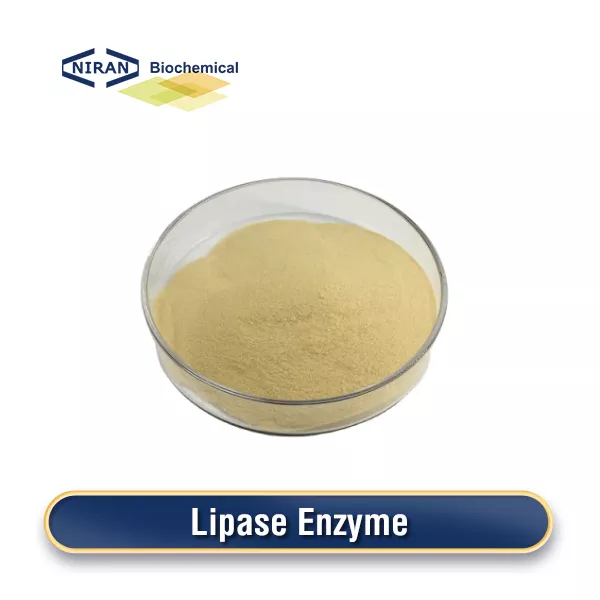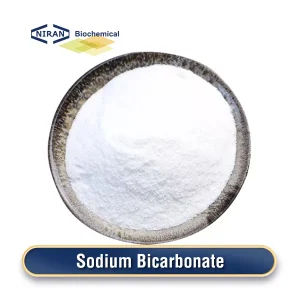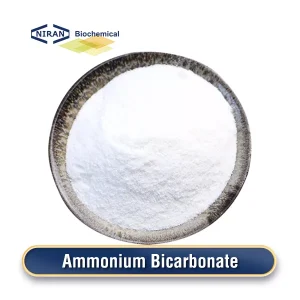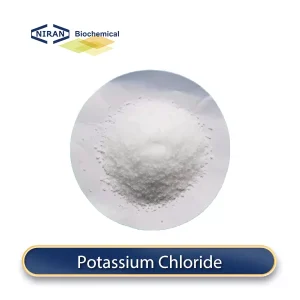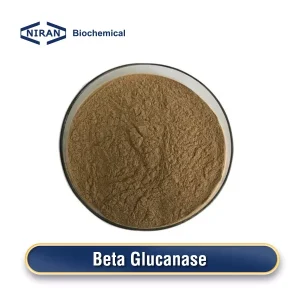What is Lipase Enzyme?
Lipase enzyme belongs to the carboxyl ester hydrolase class, which can hydrolyze triglycerides into glycerol and fat. It is widely found in the tissues of microorganisms, plants, and mammals. It is widely used in food, medicine, leather, everyday chemicals, and other sectors. It looks like yellow powder.
There are mainly the following methods for preparing lipase enzyme in China:
- By selecting suitable microbial strains (such as fungi or bacteria), fermentation is carried out under suitable culture conditions to produce lipase enzyme. Microbial fermentation is usually one of the mainstream preparation methods because the yield and purity of the enzyme can be improved by optimizing the culture conditions.
- Fix the lipase enzyme on a suitable carrier, such as resin, gel, etc., to enhance the stability and reusability of the enzyme. This method is often used in industrial production and can improve the operating life and efficiency of the enzyme.
- Use molecular biology and biochemical methods to extract and purify lipase enzyme from natural sources. This method is often used to extract lipase enzyme from natural products or to purify fermentation products.
Recommended dosage:
| Food name | Maximum usage(g/kg) |
| Bread | 0.1 – 0.4 g/kg |
| Cream cookies | 0.1 – 0.3 g/kg |
| Chocolate | 0.05 – 0.3 g/kg |
| Salad dressing | 0.05 – 0.2 g/kg |
| Meat products | 0.05 – 0.3 g/kg |
| Dairy drinks | 0.05 – 0.2 g/kg |
| Edible oil | 0.05 – 0.3 g/kg |
| Sauces | 0.05 – 0.2 g/kg |
| Beer | 0.01 – 0.05 g/kg |
| Honey | 0.01 – 0.05 g/kg |
| Jam | 0.05 – 0.2 g/kg |
| Coffee creamer | 0.05 – 0.2 g/kg |
| Emulsified condiments | 0.05 – 0.2 g/kg |
| Jelly | 0.05 – 0.2 g/kg |
Lipase Enzyme has a wide range of uses
- Lipase can hydrolyze and degrade fat molecules in food, thereby improving the taste, texture and mouthfeel of food, making it richer and softer.
- In some foods, lipase can help stabilize emulsification and dispersion systems, prevent fat separation and precipitation, and extend the shelf life of food.
- Lipase facilitates the breakdown of fat in the digestive tract, facilitating simpler digestion and absorption as well as nutrient absorption.
- Lipase can help improve the utilization of fat-soluble vitamins (such as vitamins A, D, E, K) and other fat-soluble nutrients.
- By using lipase, the amount of fat required in the food production process can be reduced, thereby reducing production costs.
- In dairy processing, lipase can improve the properties of cream and milk fat, and increase the uniformity and stability of milk fat.
User asked question:
Q: Is it true that consuming lipase can help you lose weight?
A: Lipase does not directly lead to weight loss. Lipase is an enzyme that works in the digestive system, helping to break down fat molecules to facilitate their absorption and utilization.
However, it does not achieve weight loss goals by changing metabolism or reducing fat intake like weight loss drugs. The effect of lipase is limited to the digestive process and cannot reduce the amount of fat stored in the body. To achieve effective weight management and weight loss, you still need to rely on healthy eating habits and moderate exercise.

